
 IJCP Editorial Team
IJCP Editorial Team
Autism Spectrum Disorder
The recent report describes a case of an 11 years old boy who was identified by coaching assistants attached to the Family Medicine Centre (FMC) of the Department of Community and Family Medicine, Faculty of Medicine, University of Jaffna. He was schooling at a special education unit of a school in Jaffna.
He was initially assessed and managed at the FMC but later referred to Gabriella Rasiah Memorial Pediatric Centre (GRMPC), a division of Green Memorial Hospital in Manipay, Jaffna, on complaints of poor performance in social interactions, verbal communication, and studies.
The patient had no siblings, with his mother working as a teacher and his father, a staff attached to a university. The parents observed difficulty conceiving and conceived this child after two years. The child showed poor development milestones. He started crawling at one year old, walking and uttering his first words at two and a half years old. The parents took the child to India for speech and language therapy when he was three and a half years old.
Based on the clinical assessment by a psychiatrist and pediatrician in Sri Lanka, the child, then aged four and a half years, was diagnosed with mild autism. After receiving this diagnosis, the parents admitted the child, aged eight, to a special education unit.
At this point, a team of experts identified the child and encouraged the parents to bring the child for a regular clinic follow-up.
The management focused on developing motor skills, creative skills, life skills (self and social care), and pre-learning skills (auditory and visual), which they attempted through speech therapy, occupational therapy, shallow teaching, and art and dance therapy.
The team encouraged motor skills development in the child by making him write with a pencil, open a lock with a key, and fix tiny shapes. Further, they encouraged his creative skills through storytelling, drama play, singing, and dancing. Likewise, his auditory and visual skills development were encouraged via listening to various sounds in the surroundings and differentiating or matching the multiple colors. Self-life skills were encouraged via putting on the shirt buttons, brushing the teeth, bathing, eating without spilling, wearing clothes, lacing the shoe, putting on socks, etc. Social care was encouraged through group work, classroom cleaning, watering the plants, birthday celebrations, serving food, helping others in need, etc.
The frequency of the sessions at the pediatric centre differed according to the child's progress. He was encouraged a strict adherence to two visits per week.
Surenthirakumaran R, Kumaran S, Sathees S. A child with Autism Spectrum Disorder- Case Report. 2022;36:79-81.

IJCP Editorial Team
Comprising seasoned professionals and experts from the medical field, the IJCP editorial team is dedicated to delivering timely and accurate content and thriving to provide attention-grabbing information for the readers. What sets them apart are their diverse expertise, spanning academia, research, and clinical practice, and their dedication to upholding the highest standards of quality and integrity. With a wealth of experience and a commitment to excellence, the IJCP editorial team strives to provide valuable perspectives, the latest trends, and in-depth analyses across various medical domains, all in a way that keeps you interested and engaged.

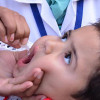
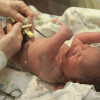
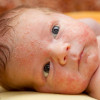
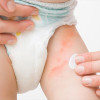
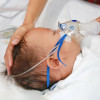
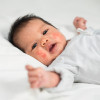


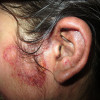

Please login to comment on this article